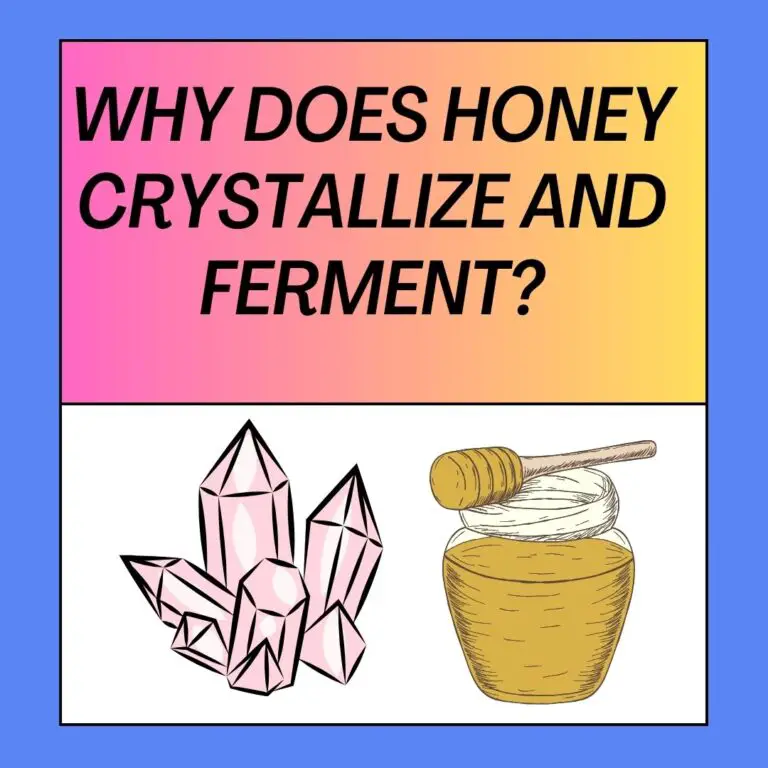
Wasps are often confused with honey bees due to their similar appearance, but they have distinct differences in behavior and diet. While honey bees are renowned for producing honey, wasps have unique dietary habits and foraging patterns. In this article, we’ll explore the intriguing ways in which wasps obtain their food.
1. Some Species of Wasps Make Honey and Consume It
While the production of honey is predominantly associated with honey bees, some species of wasps also create a type of honey, albeit in smaller quantities. Notably, the Mexican honey wasp is one such species. However, these wasps produce honey primarily for their own consumption and do not accumulate surplus quantities like honey bees.
Key Points:
- Some wasp species, like the Mexican honey wasp, produce small amounts of honey for their own use.
- Unlike honey bees, wasps do not amass surplus honey for storage.
2. Wasps Consume Flesh from Insects
Unlike honey bees, which exclusively feed on nectar and pollen, certain wasp species have a carnivorous diet. Wasps such as bald-faced hornets and yellowjackets actively hunt insects like caterpillars, flies, beetles, spiders, and grasshoppers. They capture these insects using their stingers and then feed them to their offspring, which makes up a crucial part of their diet.
Key Points:
- Some wasp species, including bald-faced hornets and yellowjackets, prey on insects.
- Insects captured by wasps are used as food for their larvae.
3. Wasps Have Powerful Jaws and Teeth
Wasps possess formidable jaws and teeth to break down prey insects for consumption. These powerful mouthparts enable wasps to process their food efficiently. They capture insects with their stingers and then use their jaws to tear the prey into manageable pieces for transport back to the nest.
Key Points:
- Wasps have strong jaws and teeth for chewing insect prey.
- Their jaws help break down insects into smaller pieces for feeding to their young.
4. Wasps Consume Nectar for Energy
While nectar is a significant part of a wasp’s diet, it is essential to note that they do not convert it into honey like honey bees. Nectar serves as an energy source for wasps, providing them with sugars for quick energy. Pollen, which is rich in protein, is not a primary food source for wasps as it is for bees.
Key Points:
- Nectar provides wasps with sugars for energy.
- Unlike bees, wasps do not rely on pollen as a primary protein source.
5. Wasps Eat Pollen But Can’t Carry Them
Although wasps occasionally consume pollen, they are not effective pollinators like bees. Most wasp species lack the dense fur that honey bees and bumblebees have, which is crucial for efficiently carrying and distributing pollen. Due to their limited ability to transport pollen, wasps are not significant contributors to plant pollination.
Key Points:
- Wasps can eat pollen but are inefficient pollinators due to their limited fur.
- Bees are much more effective at pollinating flowers due to their furry bodies.
6. Wasps Love Human Food/Sugary Items
Wasps are often drawn to human food items, particularly those rich in sugars. Sweet treats like soda, fruit juice, and whole fruits can attract wasps. Composing garbage, such as discarded fruits, is a magnet for wasps. They are also known to scavenge for meat, making them unwelcome guests at picnics and barbecues.
Key Points:
- Wasps are attracted to sweet human foods like soda and fruit juice.
- They may also seek out decomposing garbage and meat.
7. Wasps Steals Honey From Beehives
Wasps are opportunistic feeders and will not hesitate to raid honey bee hives to steal honey. While they do not produce honey themselves in the quantities that bees do, wasps have the means to access beehives and consume honey. They are generally larger and can use their stingers multiple times during these raids.
Key Points:
- Wasps are known to raid honey bee hives to steal honey.
- They do not produce honey but can access and consume it from beehives.
In conclusion, while wasps and honey bees may share similarities in appearance, their dietary preferences and foraging behaviors are notably different. Wasps exhibit a diverse range of feeding habits, from creating small amounts of honey to preying on insects and scavenging for sweet and savory human foods. Understanding these distinctions is essential for managing wasp-related issues and appreciating the ecological roles of these insects.






